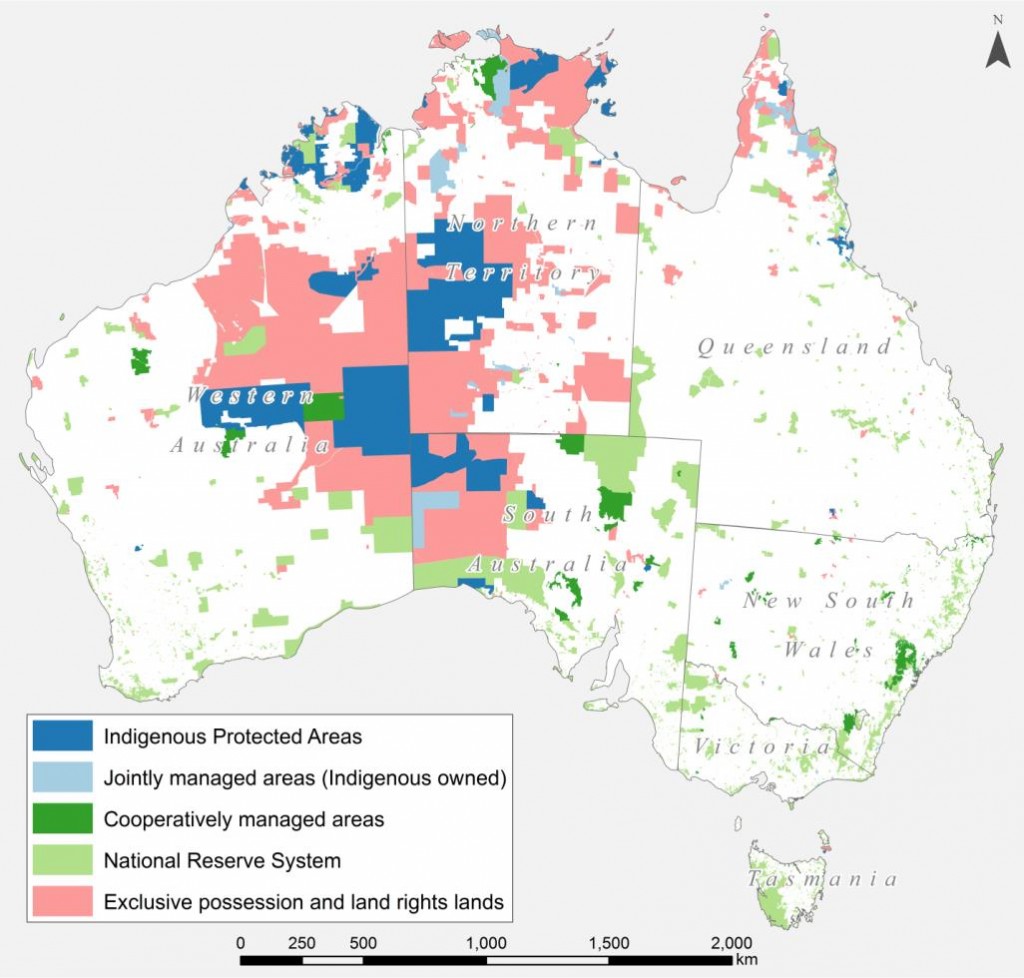 |
| Rock art in the Daintree, Northeast QLD |
Happy 2018! As we leap into the new year, it seems - perhaps more than years past - that issues of racial justice have not only become prominent fixtures, but are actively discussed and demanded in very public spaces. Similar to the United States, colonial Australia has an embroiled
history with the indigenous peoples of the country - one of massacre,
displacement, and oppression, with disparities in things like health and education continuing to this day. This year Australia Day, celebrated annually on the 26th of January, marks the 230th anniversary of the arrival of Europeans on the island continent. Proposals to move the holiday, often referred to as "Invasion Day", have been on the table for years as a way to celebrate the country rather than extol the conquering of an inhabited land. But as of yet, Aussies continue to take a long weekend each January, perhaps without even recognising the implications of the observance.
The thing is, aboriginal Australians represent the oldest continuous indigenous cultures (~150 language groups still exist) in the world, having inhabited the land for at least 50,000 years. That's a fair amount of time for deep connections and understanding of the land to establish. One of the things that has struck me during meetings and conferences in Australia is the "Welcome to Country" and Acknowledgement of Traditional Owners. This cultural practice by Australian Aborigines and Torres Strait Islanders has been incorporated into many formal gatherings as a small means of reconciliation. It is also seen as a recognition of traditional owners' roles as custodians and stewards of the land (though often it seems more lip-service than tangible and genuine).
 |
| Land protection in Australia. Credit: Altman, 2014 |
While Australia as a whole is doing a pretty rubbish job of conserving the country's unique fauna and flora, traditional owners are responsible for maintaining a large proportion of what land is protected. Indigenous protected areas comprise nearly one-quarter of Australia's National Reserve System, which covers almost 20% of Australia's land mass (don't get too excited...). Aboriginal lands are not limited to these protected areas, though, ranging from exclusive native title to co-managed protected areas, to land use agreements. And these areas can have important implications for biodiversity conservation. A recent study modeled the ranges of 272 threatened animal species, finding that close to 3/4 of species overlapped with aboriginal lands. This study showed the relevance of areas outside the national reserve for protecting populations of threatened species, while also arguing for a more cross-cultural approach to conservation.
In this sense, "caring for country" by Aboriginal Australians may not conform entirely to a western protectionist view of conservation. For example, fires managed by people has had a long history of shaping ecosystems on the continent, influencing the assemblages of plants and animals. This socio-ecological practice can be important for supporting wildlife, but may not be seen as a typical inclusion in a conservationist portfolio. While the flavour of land management might differ in Northern Queensland and the wet tropics in some respects, it still draws on indigenous ecological knowledge, often built over thousands of years of interacting with an environment.
So can I bring this back to Australia Day? Well, today we have a public holiday that has seen considerable controversy stemming from the embedded social justice issues. Rather than focus on the barbecue time the day provides, it can also bring attention to the still very real struggle for reconciliation ... and perhaps the role that conservation might play in achieving it, through more than just acknowledging traditional owners, but actively supporting that strong connection to land.
Just for fun:
Atlas of Indigenous Australia - AIATSIS, 2017.
David Suzuki on "Why Indigenous Knowledge is Critical for Human Survival" - Mongabay, 2018
No comments:
Post a Comment